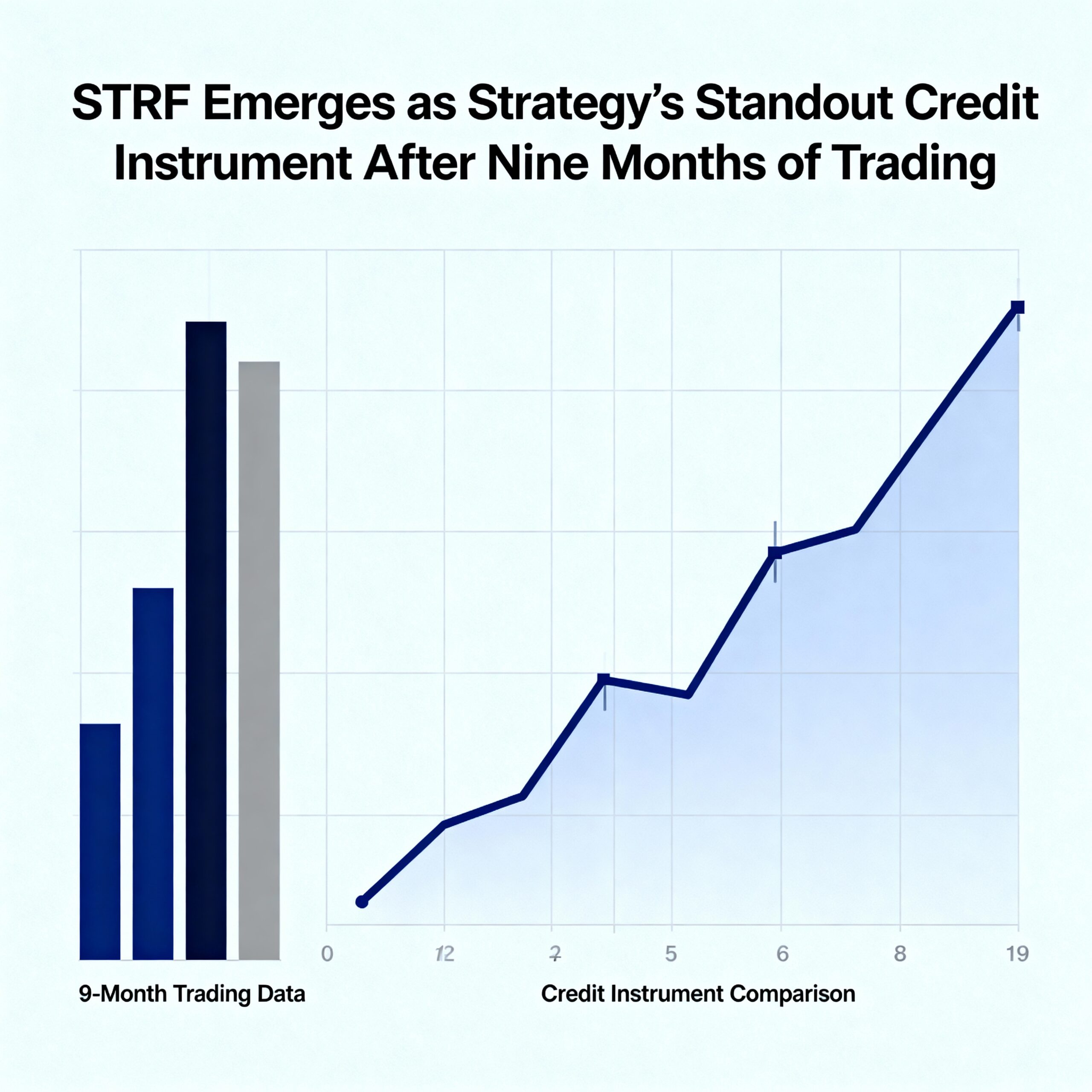Bitcoin (BTC) traders might be bracing for a new wave of volatility as a crucial technical indicator points to a possible market shift. The Bollinger bandwidth, a widely followed metric used to predict changes in market volatility, has narrowed to below 10%, a level not seen since early November. This narrowing suggests that a significant price movement could be on the horizon.
The Bollinger bands themselves are calculated by taking the asset’s 20-day moving average and adding or subtracting two standard deviations to create upper and lower bands. The Bollinger bandwidth measures the distance between these bands, with a shrinking bandwidth indicating a period of low volatility and a widening bandwidth signaling the potential for greater price fluctuations.
Historically, when the bandwidth falls below 10%, it often precedes a burst of volatility, which can drive significant price changes in either direction. For instance, in early June, a drop below this threshold resulted in a sharp decline in bitcoin’s price from $69,000 to $54,000 within three weeks. On the other hand, the narrowing bandwidth just before November’s U.S. elections marked the beginning of a massive price rally, with bitcoin soaring from $70,000 to $100,000 in the following month.
At the moment, bitcoin is trading between the upper and lower bands, which offers little indication of the market’s next move. Traders are likely to wait for a clear signal—whether a breakout above the upper band or a drop below the lower band—before making decisive moves. In the meantime, the narrowing bandwidth may lead experienced traders to prepare for potential price swings, potentially using derivatives to profit from increased market volatility.
Share this content:




